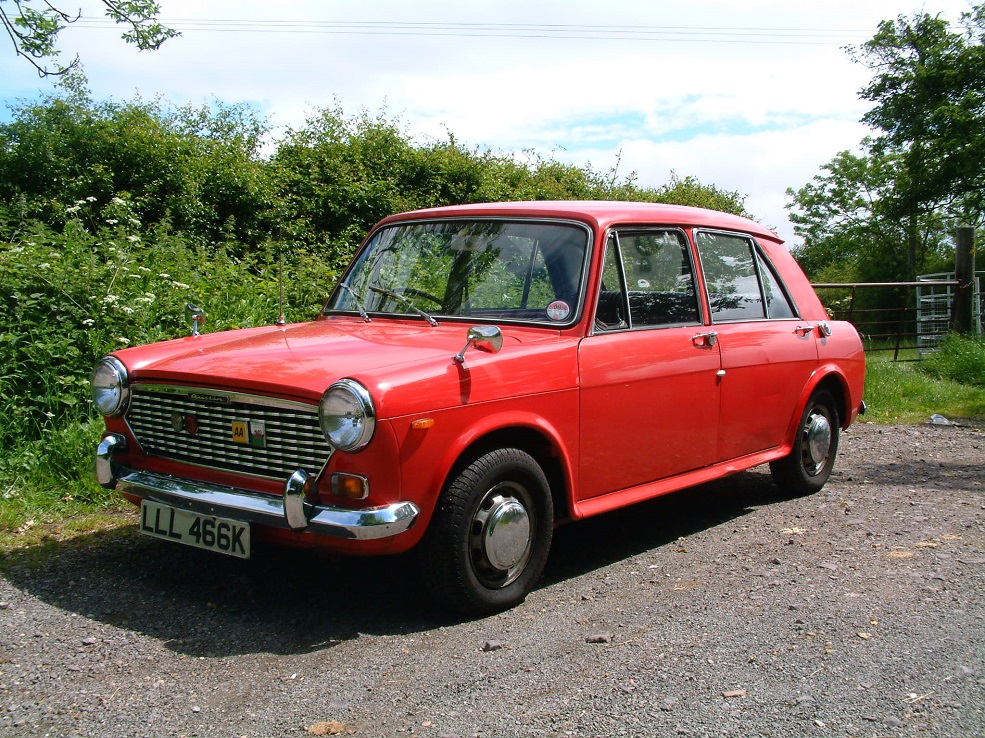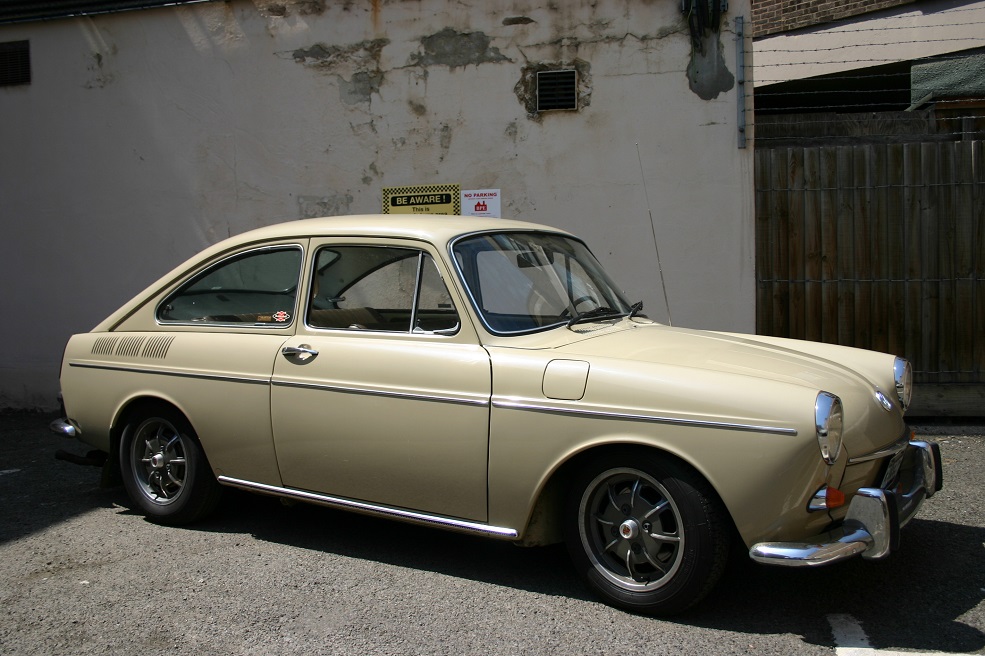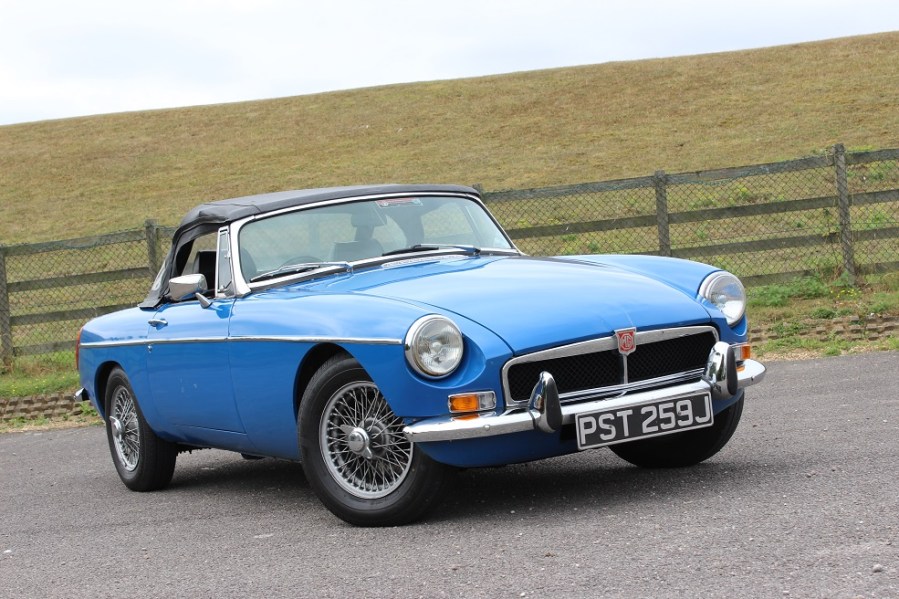We’ve chosen some of the most popular Sixties icons and have assessed the state of the market for you. Which should you buy now?
MGB (1962-1980)
It’s difficult to envisage a classic car gathering without an MGB. Even at marque specific events with no MG focus, there always seems to be one. And this popularity is for two reasons – first, they made a lot of them, and second, as a cheap-to-run classic sports experience there is little to better a good old B. Its accessibility drives its desirability – and the option of the GT fixed head makes it a viable winter classic too.
MGBs vary in value based largely on age, with the rubber bumper cars the least valuable and the early pull handle cars the most desirable by far. Overdrive’s a good option (before it was standardised) and roadsters are worth something in the region of 25% more than the equivalent GT.
While it’s still possible to buy a half decent MGB Roadster for under £3000 if you’re careful, overall the trend shown by cars advertised for sale is one of increased values. We would hesitate to suggest that the MGB is a blue chip investment, but you certainly aren’t likely to lose on one.

BMC ADO16 (1961-1973)
The Mini was a bright idea – and after a slow start, became a hit. But something a little bigger was needed as a true family car, and with Pininfarina’s help the ADO16 project was born. BMC brought all its marketing experience to bear on the new car too, by utilising just about every brand at its disposal from Austin to Vanden Plas via Riley and Wolseley.
While these cars were known for rust when new, the number of BMC specialists in existence and the parts commonality with the Mini make ADO16s compelling modern classics today. With Cooper-class 1300GTs or mini-Bentley Vanden Plas Princesses to choose from, plus a handy estate for disgruntled hoteliers, there’s an ADO16 to suit all tastes and values.
Cheapest are the standard Austin and Morris models, with the sporting MG and Riley priced above the plush Wolseley. The very nicest Vanden Plases are into five figures these days, but it’s possible to get hold of a tidy Austin for under £2000 if you know where to look and you keep your eyes open.

VW Type 3 (1961-1973)
Ultimately, the VW Type 3 was the answer to a question that few people had asked – how to take the Beetle and make it more socially relevant to the 60s? It shared the same body on chassis construction, the same engines and the same wheelbase but with more modern bodywork with integral wings and Ponton sides.
In addition to the original three box saloon, VW created a three door Variant estate and a coupe, sharing the Beetle’s fastback profile. There was even a razor edged sporting Karmann Ghia model, intended to replace the original Karmann Ghia but in truth offered at a price premium.
Mechanical ease of maintenance and the different shells make the Type 3 a natural choice for those who want the air-cooled VW experience without having the “me-too” element of the Beetle design. And they’re surprisingly inexpensive given that they offer a more eccentric take on a popular experience.
£5000 will get you something usable, while the very best are available for £15,000. Karmann Ghia models are more desirable and fetch more; up to £20,000 for something nice. Values have been heading very gently north, but we wouldn’t recommend this as a car bought as an investment.




